|
Let’s start as we mean to go on with the Archaic Visions reboot, and open the first strand with which this blog will continue – Rock Art of Southern Africa. Here I present rather a long article, the first in this series, which provides an introduction to Bushman Rock Art and Culture. It is rather academic in style in places, and the intention is to present to my readers a style of art and painting which shares next to nothing with familiar Western or Oriental art traditions in its method, approach, interconnection with religious and ritual practices, and even how it interacts with the environment in which it is found. If at times this series of articles seems to go into excessive detail, then this only reflects my genuine enthusiasm for Bushman rock art and engravings, and my deeply-held desire to understand, and to see these remarkable painted images through the eyes of the remarkable people who painted them. In this spirit, let’s begin this long, winding and hopefully fascinating journey into the world of the Southern African hunter-gatherer… Southern Africa is home to one of the most fascinating, and yet least well-known, art traditions in the world. Running in a near continuous line of rock shelters from the Cederberg in the West to the Drakensberg-uKhahlamba mountain range in the east, as well as across other sites in the subcontinent, the rock paintings and engravings of the indigenous hunter gatherer peoples of South Africa and beyond – the Bushman, San, or Khoi-San peoples and their cultural ancestors – represents one of humanity’s most distinctive art styles and, until its extinction some 150 to 200 years ago, one of the longest running.
5 Comments
It seems I have to apologise once again for yet another extended absence, which has generally blurred into the previous absence. I am sorry to have not updated or tended this blog nearly as often as I would have liked over the past 18 months. This is for several reasons, most notably an ongoing mural project called PAINT UP WITH KAMAMMA in the township of Melkhoutfontein, Western Cape, South Africa, but also the writing of yet another book called ‘They Shimmer Within’ which is planned to be released later this year. It’s time for a reboot. Of late this blog wandered away somewhat from its original brief of bringing ancient artforms and mythology into modern attention and visionary inspiration. I am also mindful that the serialisation of ‘On Vision and Being Human’ lost some people due to its abstract complexity, so I will not be continuing the serialisation of that book here. Interested readers can either consult the complete book on Google Books here, or get a copy of it from Amazon or Lulu Books here. The reboot of this blog, then, will return us to the original brief, and happily I have a bit more time for the foreseeable future. I intend to restart the blog with three principal strands. Firstly, in the intervening time I have had the great pleasure of visiting some Bushman rock art sites in South Africa, some of which were pretty special and quite remarkable in their imagery. So I will be writing some reports about those to post here, in the hope that readers will become initiated into what I consider one of the finest but least well-known art traditions of the world. The second strand will be chapter extracts from my recent book Liminal Contact, which uses archaic imagery, cognitive anthropology and the experiences of modern painters to robustly challenge the Modernist fantasy of the death of painting, and eradicate that strange dogma once and for all. Some interesting case studies of Palaeolithic cave art, the murals of Çatal Hüyük, and Bushman rock art images illustrate how this challenge is possible, and modified forms of these chapters will be shared here. Finally, I would like to start serialising another book of mine, one from a long time ago and much less abstract and theoretical than ‘On Vision…’ This is ELEUSIS, an artistic, mythological and anthropological exploration into the heart of the Eleusinian Mysteries. In this little book from 2012, I take a very different, much more holistic perspective from the psychedelic theorist or the theological occultist. It should be an interesting journey, but particularly interested readers can consult this book on Google Books as well. Once again, apologies to those who had become regular readers and were disappointed by the lack of output – I hope that the forthcoming strands of Archaic Visionary inspiration will make up for recent absences!
The Kimberley mountain range of northern Western Australia is home to a number of ancient rock art traditions. There is much debate as to the age of the earliest art in the region: 40,000 years is generally agreed upon but in the absence of accurate dating results (due in part to the great sanctity of the art in the eyes of the indigenous people) it is suspected to be older. Later there appear the famous Bradshaw paintings of shamanic rituals and ecstatic dances, which are called Gwion Gwion by the Wunambal and Ngarinyin peoples, dating to around 18 to 25,000 years before the present. The newest tradition, which began some 4000 years ago, is that of the wandjina, the creator spirits of the Dreaming, is still living, powerfully resonant in the local cultures and upheld by the Ngarinyin, Wunambal and Worora peoples. “When he’s bright, we have rain. He is happy, we keep renewing him, smiling all the time… When they are dull, they are unhappy and we have droughts because people don’t come to paint them.”
These words of Wunambal elder David Mowaljarlai, in commenting upon a rock painting of Gunduran, a Rain Dreaming spirit, capture in microcosm the essence of the wandjina creator beings as understood by his people, the Wunambal of Donkey Creek in the Kimberley Range. These beings occupy a central place in the mythologies and teachings of the region, and are held responsible for the creation of many of the important landscape features in the Wunambal cosmos. Indeed, many Dreamings are told of these spirits, but the Dreaming in Aboriginal conception should not be thought of as mere liturgy or narrative, but rather as a unified nexus of story, landscape, ritual, ownership, genealogical history and magical creative action of the spirits about whom the Dreamings are told. Nine months is a long time for a blog to have a hiatus, and much longer than I anticipated! I can only apologise again. This was mainly due to working on a volunteer mural project entitled 'PAINTUP WITH KAMAMMA' in a township in the Western Cape of South Africa. Interested readers can find out about the project HERE. I have also been writing a treatise - entitled LIMINAL CONTACT - challenging the so-called 'death' of painting from cognitive and anthropological perspectives. This will be out later in the year. In the meantime, it seems appropriate to re-start this blog venture by continuing the serialisation of my first book 'ON VISION AND BEING HUMAN', where we left off all those months ago. The path we began has taken some twists and turns, so let's recap: we started with some of the 'problems' of visionary experience in the context of 21st century knowledge, including the ambiguity and 'otherness' of vision, before taking in some neuropsychological views of altered states of consciousness, quantum considerations which liberate the notion that the kind of hidden reality humans expect is not likely to be possible, and even speculations on the nature and properties of consciousness. We came to a tentative conclusion that visions are centred upon the human rather than a reflection of some ultimate reality, but no less important to human perception, wellness and identity for being so. Our road then took a sharp turn towards the Darwinist, and the notion of symbolic cognition as a central, defining feature of our species. We explored a theory of how this, along with ritual and language, could have evolved together through menstrually-driven social realities liberating humanity's first 'gods' and sacred images, and hinted that dance display, trance, symbol and vision may be deeply intertwined in our species' perception and history. In this chapter, we go deeper into that network of experiential ideas... Thus we can see from the preceding few pages [which is to say, the preceding chapters in posts made some nine months ago - see chapter 15 for a quick summary] how symbolic culture and language do not spring from a single aspect of the human being, but from a whole range of phenomena that are emergent in character and delocalised across the whole human system. Some of these phenomena include increased intelligence, a change in the colour of the eyes, female concealment of ovulation and amplified menstruation, greater control over vocalisations, a tendency towards coalitionary behaviours to suppress philandering and those who would cheat the emerging system, and the use of pigments to signal those collective attitudes.
I apologise for the extended absence from this blog since September – I didn’t intend for it to be quite so long! This has been for a number of reasons, not least my participation as Lead Artist in a major upcoming mural project for Dreamcatcher South Africa in the township of Melkhoutfontein, near Stilbaai, Western Cape, South Africa which I have been preparing for since the last time I posted and which has occupied much of my time. This is very exciting – Melkhoutfontein is close to many fascinating archaeological and rock art sites, so I hope to visit a few of them while I am there. Watch this space for articles if I do! The Swift People, Sketch for Mural, Bruce Rimell, 2015 Dreamcatcher South Africa, Melkhoutfontein, Stilbaai, Western Cape, South Africa Another project has been “Liminal Contact: A Cognitive and Anthropological Response to the ‘Death’ of Painting”, another book essay I intend to publish at the end of summer 2016, and which suddenly burst into my consciousness while I was away travelling in Crete. Time to reflect led me to realise I had found a comprehensive way to kill off the Modernist so-called ‘death’ of painting once and for all! So I have been devoting much energy to this new book recently. These projects led me to postpone the formal publication of my first book ‘On Vision and Being Human’ until April 2016, when I return from South Africa. Cover Design for 'Liminal Contact' - featuring the Swift people again! There has also been a sea change in how I approach my writing, and my book ‘On Vision and Being Human’ (of which there are as yet nine more chapters to serialise here) has made me realise that I have in its pages the bones and rough edges of a possibly-new philosophy, which for now I am calling ‘Visionary Humanism’. This is much wider than the purview originally envisaged for ‘Archaic Visions’ and so in April/May 2016 I will be reorganising my online writing projects to align with that new venture. This blog will form an important part of that of course, but regular book publications – one a year I hope – and a new blog of musings and speculations on medium.com or elsewhere are likely to emerge from that reorganisation.
So, in summary, I promise that normal (or perhaps better 'altered and improved'!) service will resume very soon, around April 2016. The serialisation of ‘On Vision and Being Human’ will continue, as well as some stand-alone articles and responses to my South Africa visit. Until then, keep glowing creative and thanks for reading! If the previous chapters in this essay have sought to be fairly scientific in their approach to visionary experience and symbolic cognition, with this chapter upon a Palaeolithic social reality we reach a threshold where we begin to treat our themes in more speculative and imaginative ways. In this meditation, the epiphany of a female proto-deity coalesces out of our previous discussions, and perhaps the first link between the 'otherness' of vision (one of our initial questions) and the evolution of symbolic cognition is made. Of course, throughout this and future speculations, we seek to remain honest about the fact that they are speculations and not truth, but in doing so we may find - at length! - that we arrive at a fascinating new image of the human being... I am also delighted to announce that the delightfully illustrated book of this essay is now available on pre-order, via this link: 'ON VISION AND BEGIN HUMAN: Exploring the Menstrual, Neurological and Symbolic Origins of Religious Experience'. Release date for the book is November 1st 2015. Our journey so far has been a strange and twisting road, involving the raising and subsequent shattering of a Classical Image of a World-Beyond-Worlds, the realisation that our perception of 'hidden realities' and visionary textures is primarily founded upon the structures of our neurology, and we have discovered that the apparently cold, directionless and blind processes of Darwinism do not lead us into a kind of existential desolation, but towards a human image endowed with strange beauty and blessed with a lively sense of the sacred, albeit one radically modified from the traditional definitions of that word. In so doing we have now have the capacity to do something which perhaps few other humans have been able to do since the end of the hunter-gatherer lifestyle in the majority of human populations: gaze into the eyes of the first human proto-deity and see in her primordial yet counter-intuitive visage apparitions of the whole complex of associations under discussion. ...it probably didn't happen exactly like this,
but let's just say, for a moment, that it did... If the model outlined in the previous chapter seems somewhat speculative, this chapter presents an array of illustrative evidence, and demonstrates the genuine multi-disciplinarity of the evolutionary ideas discussed. Chris Knight and Camilla Power separately present a great deal more evidence than I offer here, but what is perhaps demonstrated in this chapter is an invitation into an expanded image of the human being, in that we begin to see more clearly that our apparently separate categories of human behaviour – visionary experience, religion, language, menstruation, sexual behaviours, symbolic culture – participate in a much more interconnected reality than we are perhaps accustomed to considering. This holistic experience of our humanity will be developed further in later chapters…
This evolutionary picture, pioneered by Chris Knight and expanded with Camilla Power and several others, of cognitively-transforming humans gaining collective and symbolic identity is a subtle and reasoned narrative that emerges from strictly Darwinian sexual selective pressures, but which nonetheless maintains a lively sense of the sacred throughout. In case the semi-mythical nature of the model should cause one to think it fantasy, however, it should be noted that this 'Female Cosmetic Coalitions' hypothesis, bears significant predictive power upon the fields of archaeology as pertaining to the Middle Stone Age in Africa and possibly Europe, as well as upon the ethnography of modern hunter-gatherer populations the world over. I am delighted to announce the forthcoming publication of my book, entitled 'On Vision and Being Human: Exploring the Menstrual, Neurological and Symbolic Origins of Religious Experience'. This beautifully-presented 340-page book represents the completed form of the 'On Vision & Being Human' essay whose first draft chapters are being serialised here on Archaic Visions. As will perhaps be familiar to regular readers of this blog, the book explores the problems presented by visionary experience in the modern world, and suggests our propensity for symbolic cognition as a way to come to a new understanding of the human being in the twenty-first century as living in two different worlds, one of scientific evidence and one of imaginative colour.
The book is adorned with 30 beautiful monochrome visionary illustrations, and is supplemented with interesting endnotes and detailed references and annotations. It is being published by my own personal publishing imprint, Xibalba Books. Of course, the first draft will continue to be serialised here, but the final form of the completed essay along with all the extras is in the book! The publication date is November 1st 2015 but preorders will be available from September 1st from this page - www.biroz.net/xibalbabooks/book-on-vision.htm. 'On Vision and Being Human' will also be available from Lulu, Amazon, Barnes & Noble and other notable outlets from Autumn 2015. It might seem, at first glance at least, that in tracing a path back to the evolutionary origins of our species, cognitively-modern Homo sapiens sapiens, some 180,000 years ago in the African Middle Stone Age, we have wandered far from our original theme of visionary experience. But as we have seen, visionary experience is just one element which partakes in the wider phenomenon of human symbolic cognition, and when we begin to look into how that could have evolved, we begin to sense the outlines of how the 'Otherness' of vision, and its perceptual ambiguities, could have arisen. With patience, over the next few chapters, we will see how this lengthy Darwinist (and, in time, ethnographic) excursion will throw a completely new light upon our visionary subject, beginning here with a subtle, complex and strange but powerfully predictive hypothesis from evolutionary psychology - the Female Cosmetic Coalitions model... One of the perennial themes that emerges from even a casual glance of the australopithecine and hominid fossil record is a marked increase in brain size from a decidedly chimplike 350-500 cubic centimetres in Australopithecus afarensis (whose remnants include the famous 'Lucy' fossil) to around 1200-1600 cubic centimetres in anatomically-modern humans. This process, known as encephalization, was not however a steady, continuous one: rather there were two periods over which hominid brains appear to have taken major leaps in volume, the first being some two to one-and-a-half million years ago with the emergence of Homo ergaster, and the second between five and two hundred thousand years ago with the evolution of archaic Homo sapiens from ancestral populations of Homo heidelbergensis in Eastern and Southern Africa. It is the second of these periods which interests us here.
After another blog hiatus - things have been busy here - we continue with the serialisation of my essay (and soon to be 340-page book!) 'On Vision and Being Human', in which we examine a central organising principle of human cognition that leads to the expectation of hidden worlds. To a certain extent, this chapter takes a strongly social view of religious forms, but as we proceed, deeper and more enriched purviews will be taken. Future posts on Archaic Visions will consist exclusively of extracts from this essay for the next few months - due to project work, the 'stand-alone' essay part of this blog will resume in the autumn - and exciting news on the publication of the book version of 'On Vision and Being Human' will follow later this summer! It is at this point, as we draw near to a threshold over which, once passed we will come to a revolutionary new understanding of ourselves as humans, that we should take a moment to review precisely what we mean by symbolism and how it is proposed that symbolic cognition takes place in human culture. We have so far been working with three functional definitions of symbolism, whose inspiration springs from three very different fields of study.
Campbell's mythic definition of a symbol as being that which is “transparent to transcendence” established as basic formulation that a fundamental property of a symbol is extension of reference, that is to say, it moves beyond the directly perceptible or immediately verifiable into an unseen realm of meaning. McBrearty & Brooks mirrored this with a more functional definition as the cognitive ability to substitute people, objects and ideas with arbitrary referents, whose meanings are made real through cultural practice. |
ARCHAIC VISIONS
|

|
|
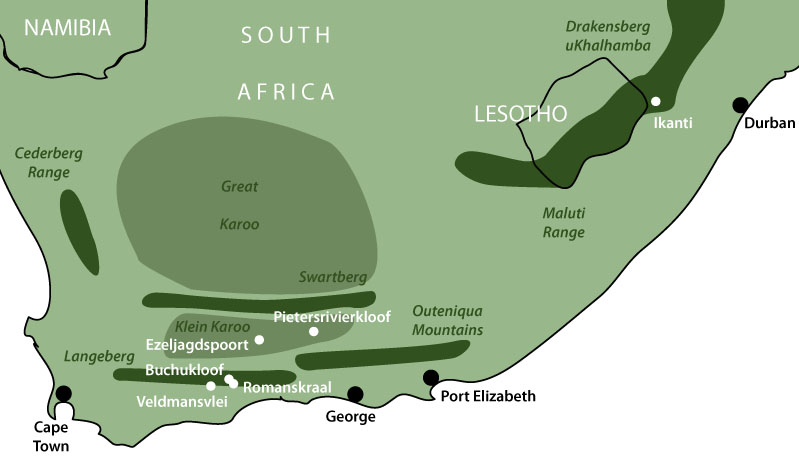
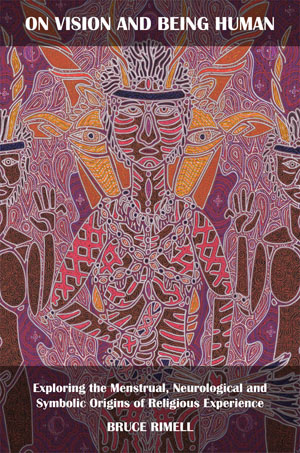
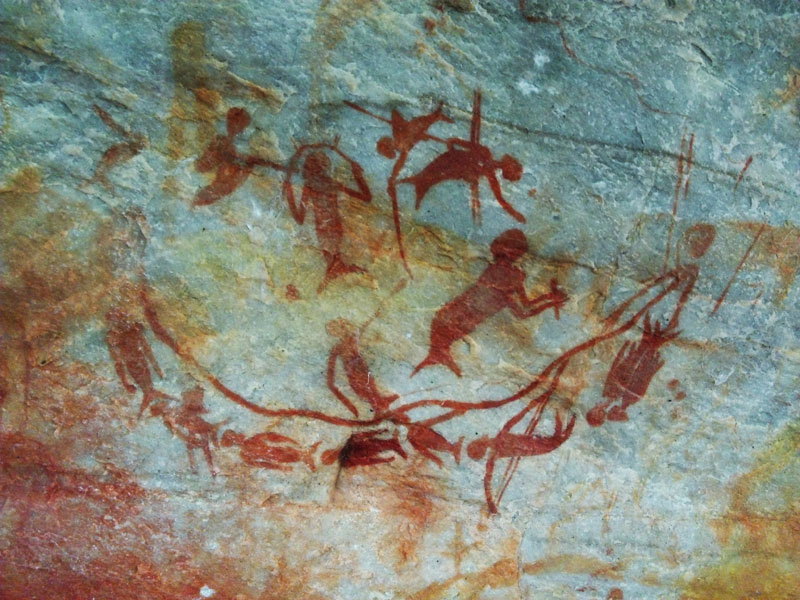
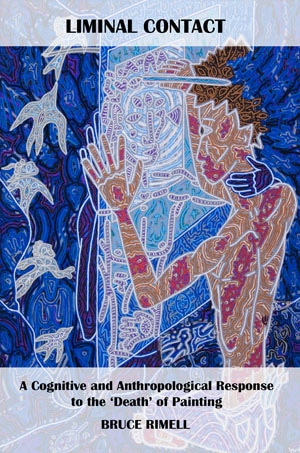
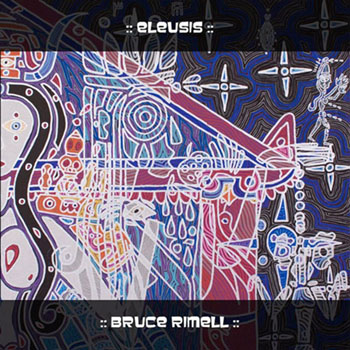
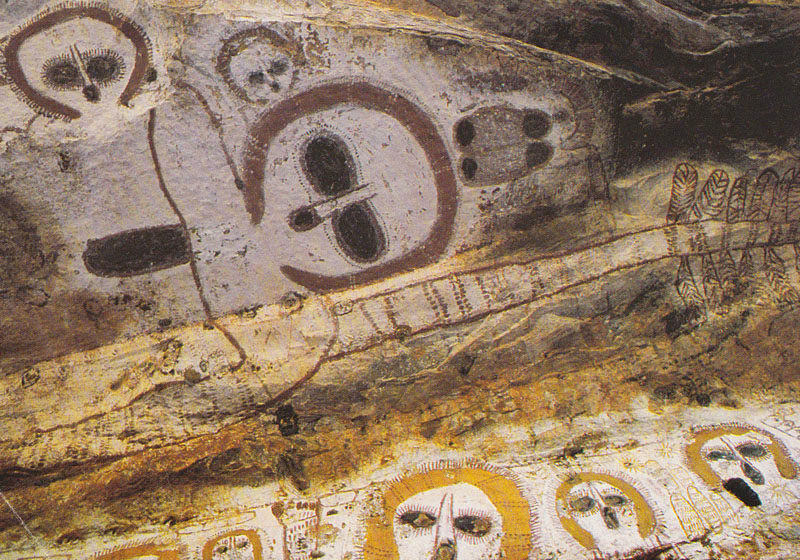
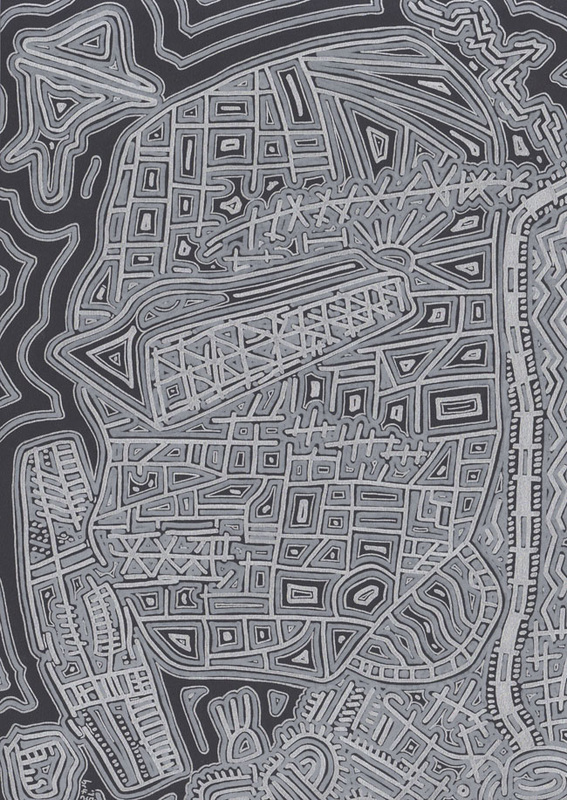
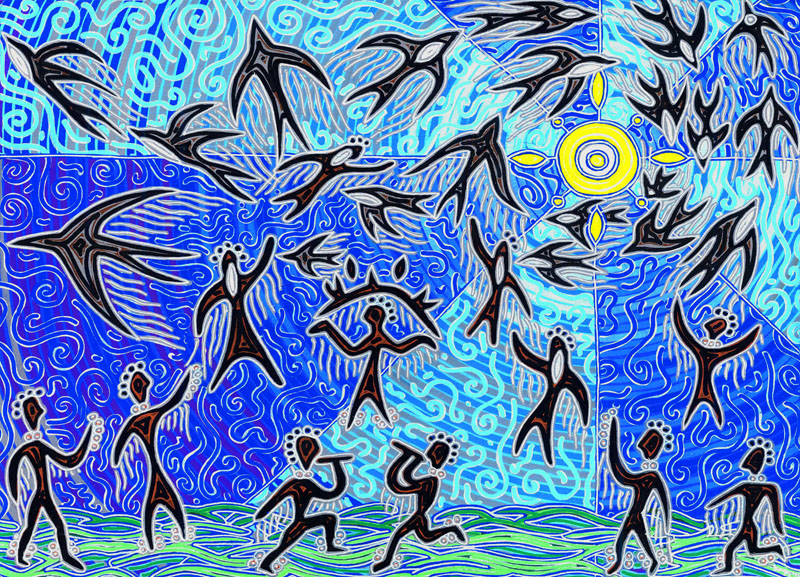
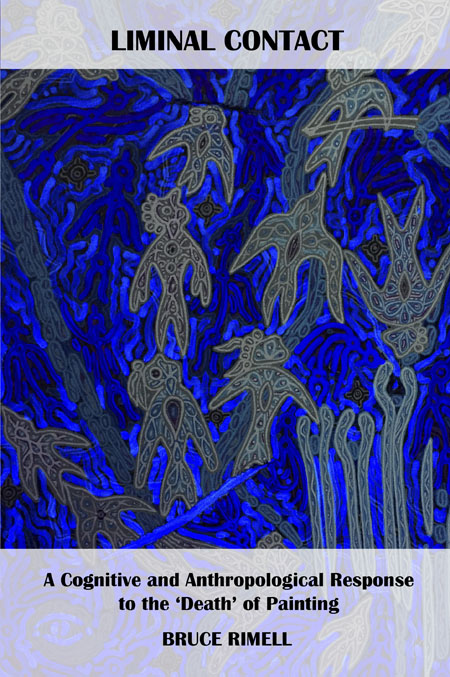
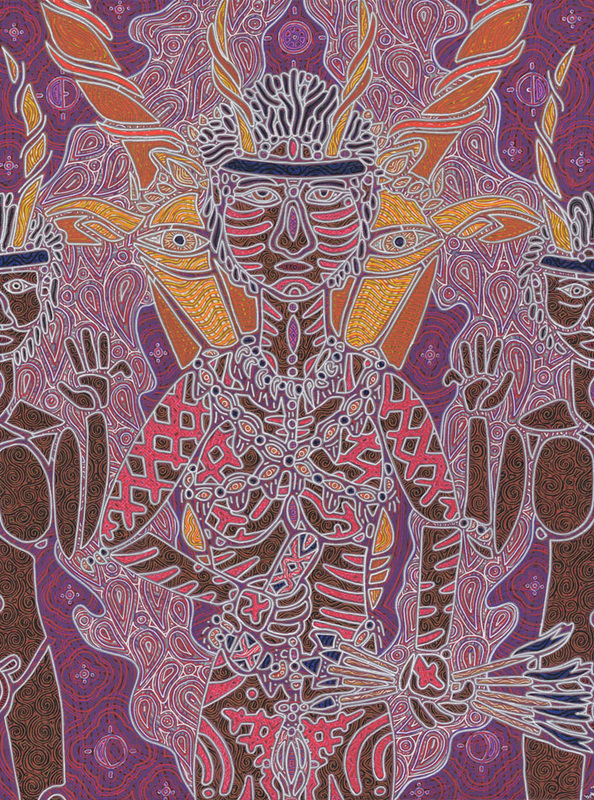
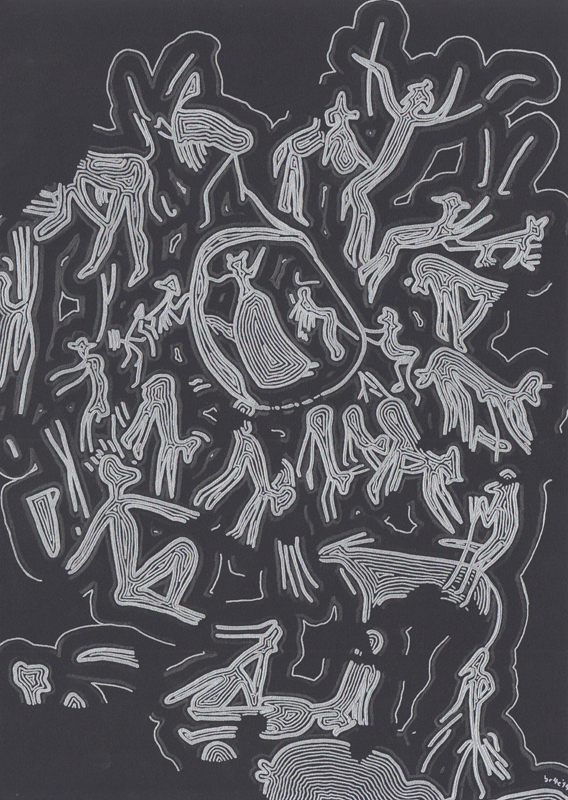
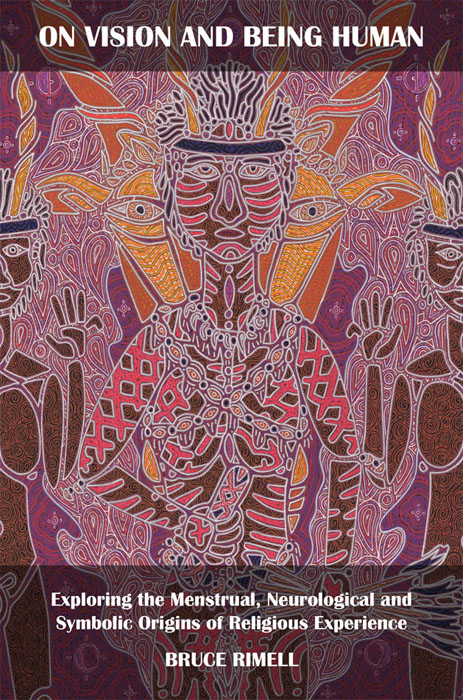
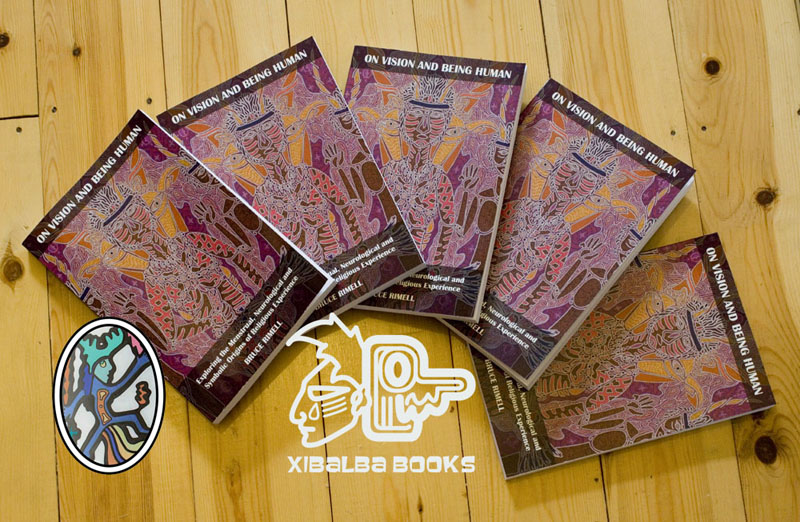
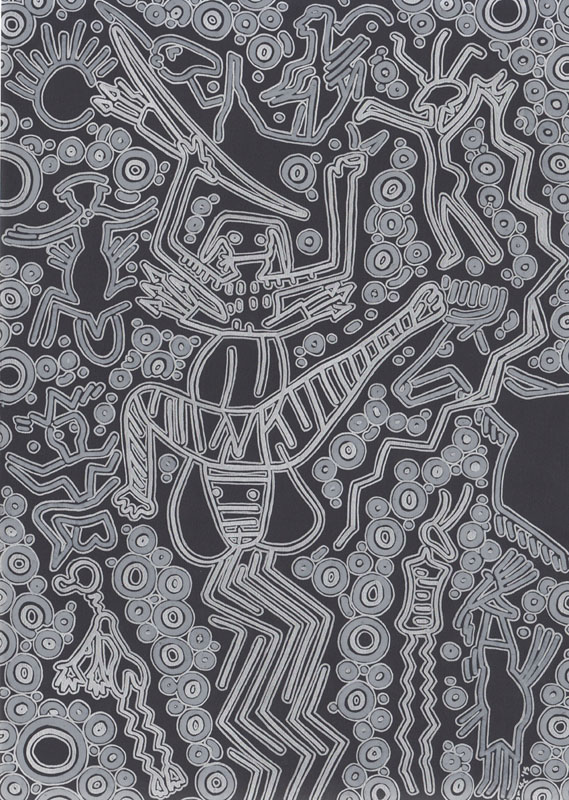
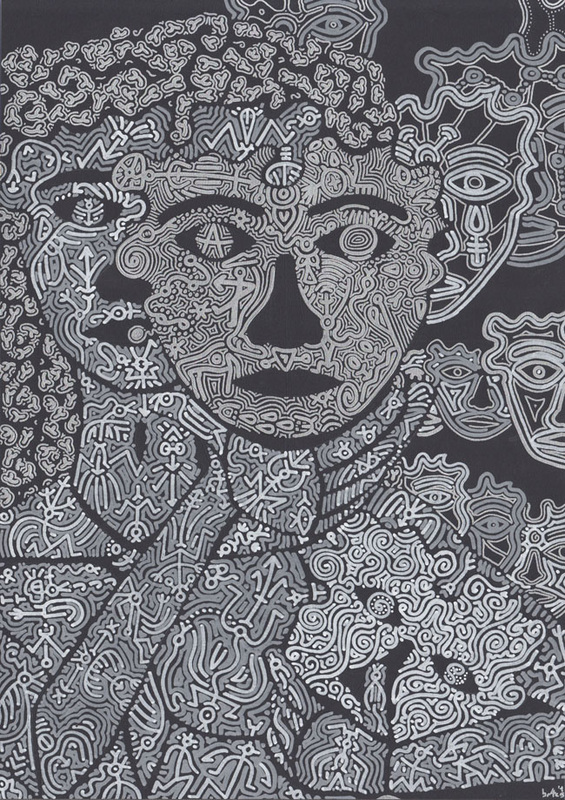
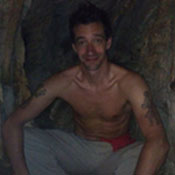

 RSS Feed
RSS Feed






